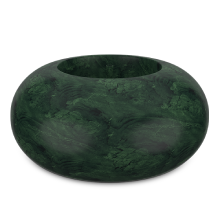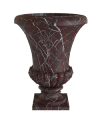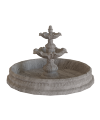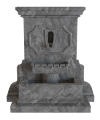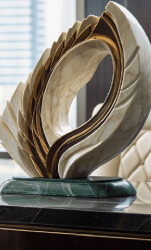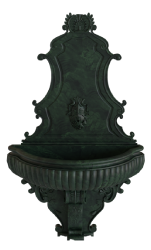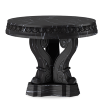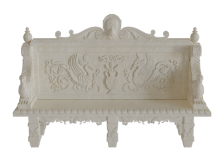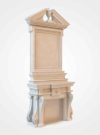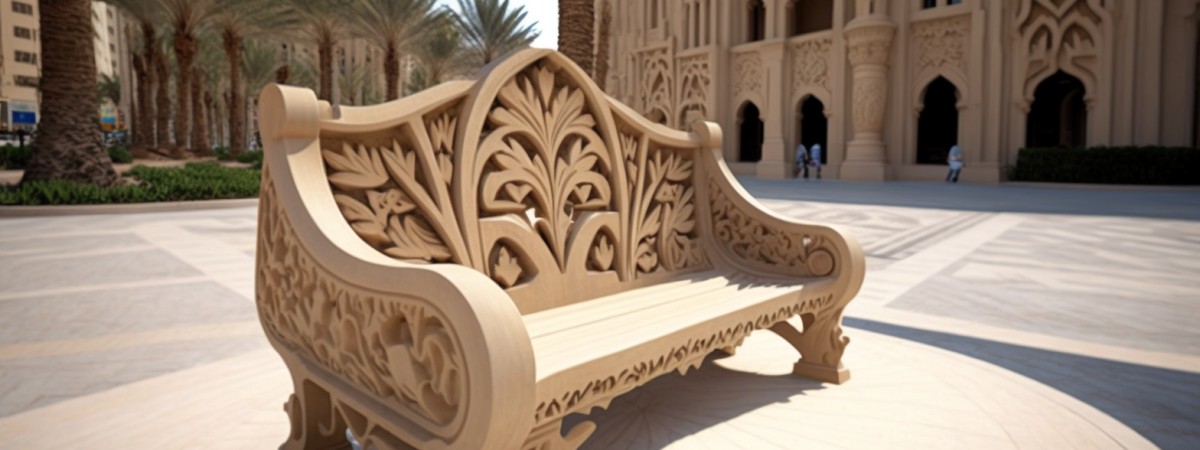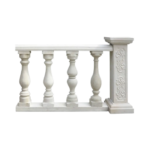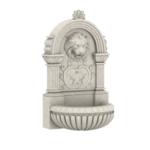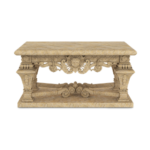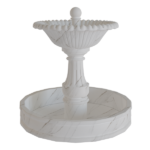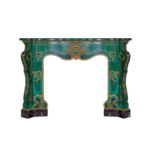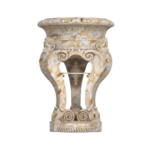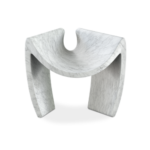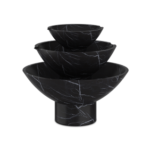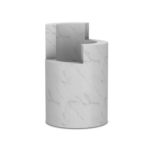August 11, 2023 Author: John Samuel
Honoring History with Art: 7 Ways to Incorporate an Outdoor Memorial Sculpture in a Modern Corporate Environment
Memorial sculptures serve as poignant reminders of our shared history, celebrating individuals, events, or values that have shaped an organisation’s journey. Incorporating these in a modern corporate environment can be challenging, requiring a delicate balance between respect for the past and alignment with contemporary design aesthetics. Here are seven innovative ways to seamlessly integrate an outdoor memorial sculpture within a modern corporate setting:

Creating a Dedicated Space
Designating a specific area for the memorial sculpture can establish it as a significant focal point. This space could be a serene garden, a quiet corner of the campus, or even a central plaza. It’s essential that the location is accessible, inviting employees and visitors to engage with the sculpture and reflect on its significance.

Integrating with Landscaping
Incorporating the sculpture within the existing landscaping can create a natural, harmonious setting. This can be achieved by situating the sculpture near a water feature, nestling it among trees, or positioning it on a manicured lawn. The goal is to create a peaceful, aesthetically pleasing environment that complements the sculpture.

Incorporating Lighting
Thoughtful lighting can dramatically enhance the impact of a memorial sculpture. It can highlight key aspects of the sculpture, create interesting shadows, and ensure the sculpture is visible even after dark. Lighting can be particularly effective for sculptures with intricate details or those made from reflective materials.

Including Seating Areas
Providing seating near the sculpture encourages interaction and contemplation. The seating can take the form of traditional benches, modern seats, or even sculptural seating elements that echo the style of the memorial. This not only enhances the functionality of the area but also creates a space for quiet reflection.

Using Complementary Materials
Choosing materials for the surrounding area that complement the sculpture can create a cohesive, unified aesthetic. For instance, if the sculpture is made of bronze, consider incorporating bronze accents in nearby structures or landscaping elements. This helps the sculpture to blend seamlessly with its surroundings, while still allowing it to stand out.

Incorporating the Sculpture into Pathways
Incorporating the sculpture into the flow of pedestrian traffic can make it a part of daily life at the corporate campus. This can be achieved by positioning the sculpture near pathways or creating a pathway that leads to the sculpture. This allows employees and visitors to naturally encounter the sculpture as they move through the space.

Adding Plaques or Signage
Including plaques or signage can provide context for the sculpture, helping viewers understand its significance. The plaque could explain the history or meaning behind the sculpture, the artist’s intent, or why the corporation chose to honour the memorialised subject. Plaques should be designed to match the aesthetic of the sculpture and the surrounding space.

Incorporating a memorial sculpture in a modern corporate environment is an opportunity to create a meaningful, reflective space within the bustling corporate landscape. By considering the placement, integrating the sculpture with landscaping, using strategic lighting, including seating, using complementary materials, incorporating the sculpture into pathways, and adding informational plaques, you can create a memorial that respects the past, engages the present, and inspires the future. As a landscaper, architect, interior designer, or contractor, these strategies can help you successfully blend history, art, and contemporary corporate design.




